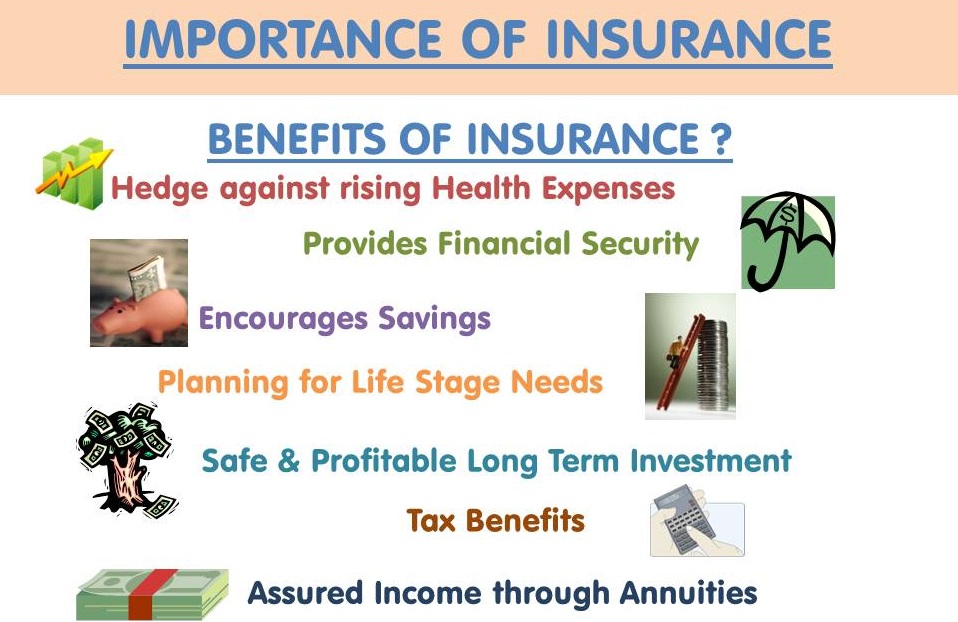The Definitive Guide to Pacific Prime
The Definitive Guide to Pacific Prime
Blog Article
The smart Trick of Pacific Prime That Nobody is Discussing
Table of ContentsAll about Pacific PrimeNot known Incorrect Statements About Pacific Prime The Ultimate Guide To Pacific PrimeNot known Details About Pacific Prime 10 Simple Techniques For Pacific Prime

This is because the information were gathered for a duration of strong economic efficiency. Of the estimated 42 million people that were uninsured, almost regarding 420,000 (concerning 1 percent) were under 65 years of age, the age at which most Americans end up being qualified for Medicare; 32 million were adults in between ages 18 and 65, about 19 percent of all adults in this age; and 10 million were children under 18 years of age, concerning 13.9 percent of all children (Mills, 2000).
These quotes of the variety of persons uninsured are produced from the yearly March Supplement to the Current Populace Study (CPS), performed by the Census Bureau. Unless or else noted, national estimates of people without wellness insurance policy and proportions of the populace with various type of coverage are based upon the CPS, one of the most commonly utilized resource of estimates of insurance protection and uninsurance rates.
Facts About Pacific Prime Uncovered

Still, the CPS is specifically valuable because it produces yearly estimates relatively swiftly, reporting the previous year's insurance policy protection approximates each September, and because it is the basis for a constant collection of price quotes for greater than two decades, permitting evaluation of patterns in insurance coverage in time. For these reasons, along with the extensive usage of the CPS in various other researches of insurance coverage that exist in this record, we rely upon CPS quotes, with restrictions noted.

The price quote of the variety of uninsured individuals broadens when a population's insurance condition is tracked for several years. Over a three-year period starting early in 1993, 72 million people, 29 percent of the united state populace, lacked protection for at the very least one month. Within a solitary year (1994 ), 53 million people experienced at the very least a month without coverage (Bennefield, 1998a)
6 out of every ten without insurance adults are themselves employed. Functioning does improve the likelihood that one and one's household members will certainly have insurance coverage, it is not a warranty. Also members of family members with 2 full-time breadwinner have nearly a one-in-ten chance of being without insurance (9.1 percent uninsured rate) (Hoffman and Pohl, 2000).
The 10-Minute Rule for Pacific Prime
New immigrants make up a substantial percentage of people without wellness insurance coverage. One evaluation has actually attributed a considerable portion of the recent growth in the size of the U.S. without insurance population to immigrants who arrived in the nation in between 1994 and 1998 (Camarota and Edwards, 2000). Recent immigrants (those who came to the USA within the past 4 years) do have a high price of being uninsured (46 percent), however they and their youngsters account for just 6 percent of those without insurance coverage nationally (Holahan et al., 2001).
The connection in between health insurance and access to care is well established, as documented later in this chapter. Although the connection between medical insurance and health results is neither direct nor basic, an extensive medical and wellness solutions research study literature links medical insurance coverage to improved access to care, far better quality, and improved individual and populace health and wellness status.
Degrees of evaluation for analyzing the effects of uninsurance. It focuses especially on those without any health insurance coverage for any kind of size of time.
Our Pacific Prime Statements
The troubles encountered by the underinsured are in some areas similar to those encountered by the uninsured, although they are typically less extreme. Health insurance policy, nonetheless, is neither required nor enough to obtain accessibility to medical solutions. The independent and direct result of health insurance policy coverage on accessibility to wellness services is well developed.
Others will get the wellness care they require Our site even without medical insurance, by paying for it expense or seeking it from providers that offer treatment free or at extremely subsidized rates. For still others, medical insurance alone does not ensure receipt of treatment because of various other nonfinancial obstacles, such as an absence of health and wellness treatment companies in their area, restricted accessibility to transport, illiteracy, or linguistic and social distinctions.
Pacific Prime - The Facts
Formal study concerning uninsured populaces in the USA dates to the late 1920s and early 1930s when the Committee on the Cost of Treatment produced a series of reports regarding financing doctor office brows through and hospitalizations. This problem ended up being prominent as the numbers of medically indigent climbed during the Great Depression.
Report this page